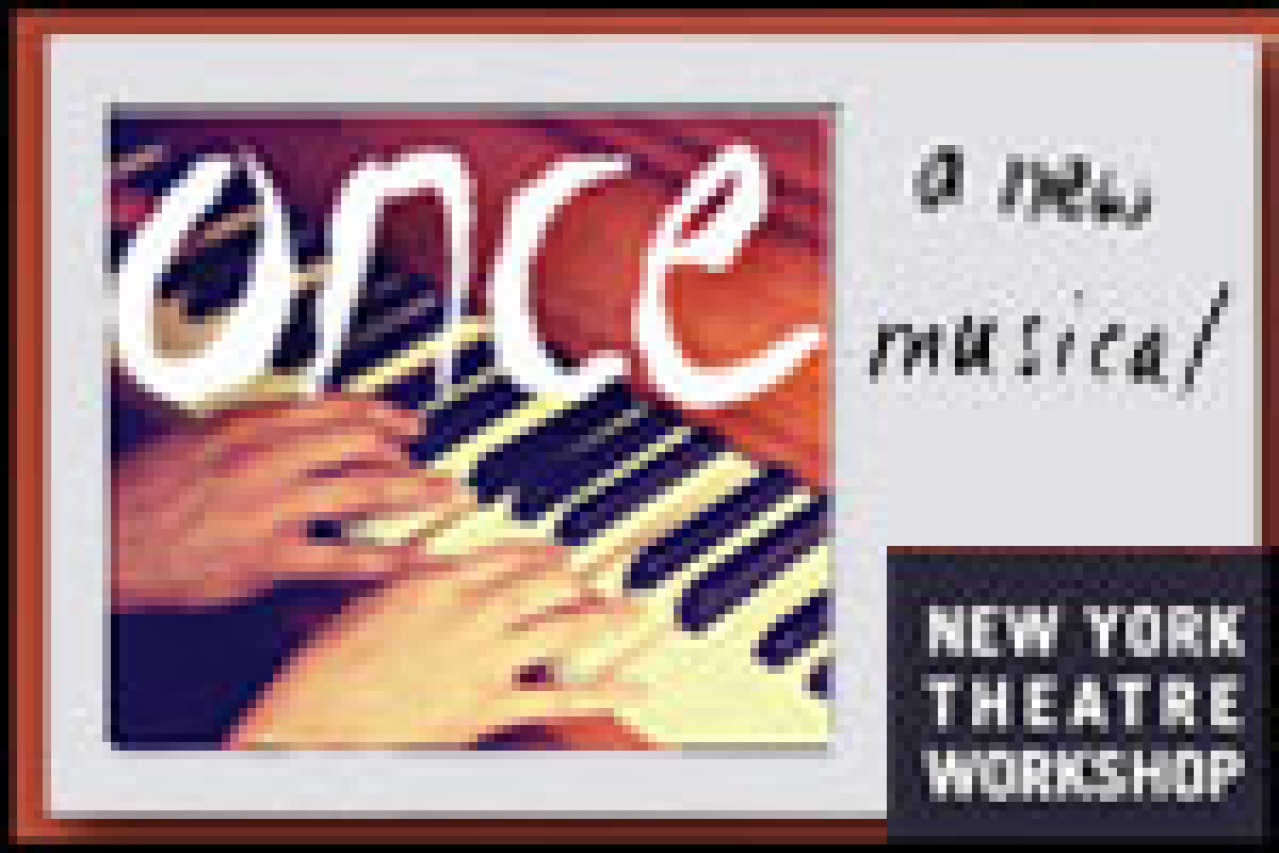Once

(© Joan Marcus)
Bittersweet romance takes center stage in the ravishingly moving new musical Once, now premiering at New York Theatre Workshop. Based on the hit indie film from 2007, it features many of Glen Hansard and Marketa Irglova’s songs from the movie, including the Academy Award-winning “Falling Slowly.”
And now, thanks to Enda Walsh’s delicately crafted book and John Tiffany’s marvelous environmental staging, the piece feels like a work destined for the theater; in fact, Once is a tale that simply must unfold onstage.
Part of the exceptional achievement in the show is the way in which Tiffany and his tireless company invite audiences to become part of the community of the Dublin-set show even before the piece has begun. As audiences enter the theater, the company of actor-musicians are onstage (a grand recreation of an Irish pub from scenic designer Bob Crowley) hosting a raucous jam session. As they play, theatergoers can enjoy the tunes from their seats or opt to belly up to the bar for a pint.
Such mise-en-scènes are not unusual, but the inclusiveness that this one creates means that audiences are fiercely involved with this tale even before the street guitarist known simply as “Guy” (Steve Kazee) and the Czech amateur pianist “Girl” (Cristin Milioti) meet one afternoon when Guy has decided to walk away from his guitar. She convinces him to not abandon his passion, and thus begins the tentative romance between two wounded souls, each of whom has an absent love in their lives.
It’s not only theatergoers’ sense of involvement in the action that makes Guy and Girl’s relationship seem so vital, but also the terrific chemistry that Kazee and Milioti share and the finely detailed work they bring to their performances. He’s particularly deft at allowing Guy’s vulnerability to emerge from underneath the character’s rugged, self-controlled façade, while she imbues Girl with a fierceness and determination that simply pulses with tenderness and warmth. Further, Kazee’s rich baritone and sometimes clarion tenor upper register beautifully caress the show’s often plaintive rock-folk songs.
Their fine work is gloriously supported by the ensemble members, who serve as both actors and the show’s orchestra, joining in for numbers that often begin as intimate solos for the leads before transforming into something more. One of the most striking — and stirring — examples of this comes when Girl hijacks Guy into playing at a local pub, and as his performance seduces the patrons, the company slowly begins to join in on their instruments and as the music swells, Guy’s monumental success is completely understood.
Similarly, when the couple goes into a studio to create a demo, the perfectly controlled staging allows audiences to witness a quartet of stories which unfold simultaneously during the course of one song. As Guy puts down the beautiful vocal, the bank manager (an amusing Andy Taylor) who demanded to be part of the group in return for a loan comes into his own as a musician; the skeptical recording producer (David Abeles) finds himself in awe of Guy’s talent, and Guy’s Da (gently played by David Patrick Kelly) and Girl’s mom (the subtle spitfire Anne L. Nathan) form a warm bond of their own.
Such nuanced work permeates the entirety of the show, including its physical production. The myriad framed pictures on the walls consistently refract the performers, making palpable their splintered psyches and souls. Natasha Katz’s lighting design elegantly directs audiences through the entrancing story of Guy and Girl’s relationship and its remarkably pungent conclusion.











